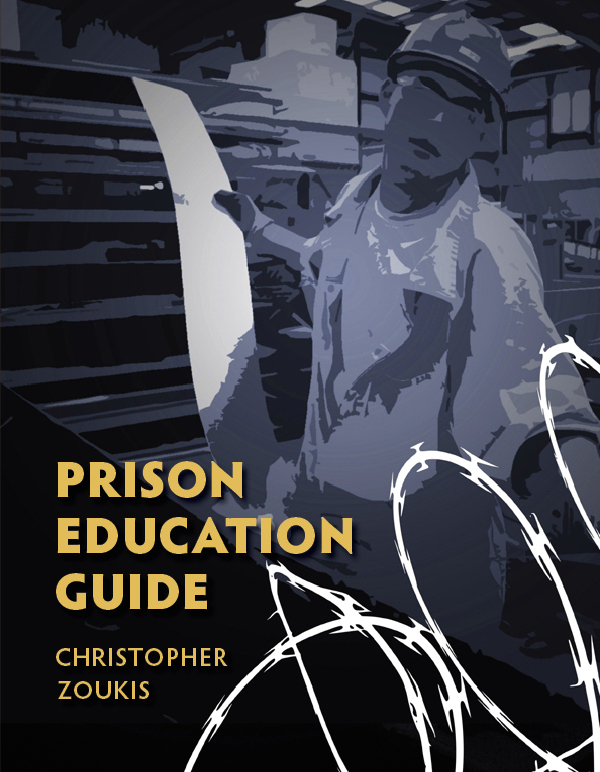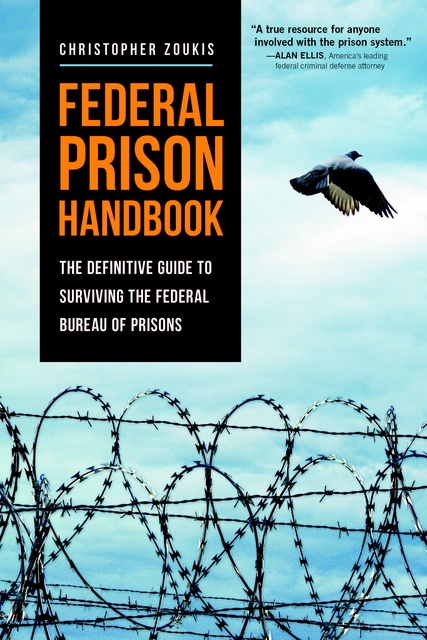New Orleans Police Continue Using Facial Recognition Despite City Restrictions
The New Orleans Police Department (“NOPD”) has used artificial intelligence-powered facial recognition technology since at least 2018, often bypassing city ordinances designed to limit such surveillance, according to public records, internal emails, and a 2025 Washington Post investigation.
In December 2020, the New Orleans City Council unanimously passed Ordinance 33021, banning facial recognition, predictive policing, characteristic tracking, and cell-site simulators—devices that mimic cell towers to intercept phone data. The ban followed revelations that NOPD had secretly accessed facial recognition through state and federal partners, despite years of denials. On July 21, 2022, amid a violent crime surge, the Council passed the Surveillance Technology and Data Protection Ordinance, allowing facial recognition for investigating violent crimes like murder, rape, and kidnapping, with strict guardrails. These included sending still images to the Louisiana Fusion Center in Baton Rouge for human review by trained examiners and reporting requests to the City Council. The ordinance maintained bans on predictive policing and characteristic tracking and required collecting only the minimum personal information needed for specific purposes.
Despite these restrictions, from early 2023 until April 2025, NOPD received real-time facial recognition alerts from a network of over 5,000 cameras, including more than 200 equipped for facial recognition, operated by Project NOLA, a nonprofit based at the University of New Orleans. The system scanned public streets, sending automated alerts to officers’ phones when detecting potential matches to a secretive watchlist, violating the 2022 ordinance’s oversight requirements. The Washington Post reported this as the first known widespread use of live facial recognition by a major U.S. police department, with no precedent among the approximately 2,000 U.S. agencies using facial recognition as of 2020, per Georgetown University’s Center on Privacy and Technology.
Superintendent Anne Kirkpatrick paused the real-time alerts on April 8, 2025, after the Washington Post’s exposé, emailing Project NOLA’s Bryan Lagarde that alerts must remain off until compliance with city law and policies is ensured. As of May 2025, the pause remains active, with the City Council reviewing potential ordinance changes to regulate or replace Project NOLA’s system. Manual facial recognition searches, permitted for violent crimes under the 2022 ordinance, continue through the Fusion Center, though their effectiveness is limited. Since October 2022, only one arrest has resulted from such searches, according to NOPD records.
The system’s use has sparked significant concerns. The Washington Post reported dozens of arrests since 2023, including four for nonviolent crimes, breaching the ordinance’s scope. Politico’s 2023 analysis found 14 of 15 facial recognition requests targeted Black suspects, with three incorrect matches, highlighting racial bias risks. The ACLU of Louisiana cites cases like Randal Reid, wrongfully arrested in 2022 due to a faulty facial recognition match, underscoring misidentification dangers, particularly for Black and marginalized communities. Legal experts warn that without robust oversight, such technology risks normalizing pervasive surveillance and eroding civil liberties.
Sources: ACLU of Louisiana, Fox 8, NOLA.com, Politico, The Washington Post
As a digital subscriber to Criminal Legal News, you can access full text and downloads for this and other premium content.
Already a subscriber? Login





